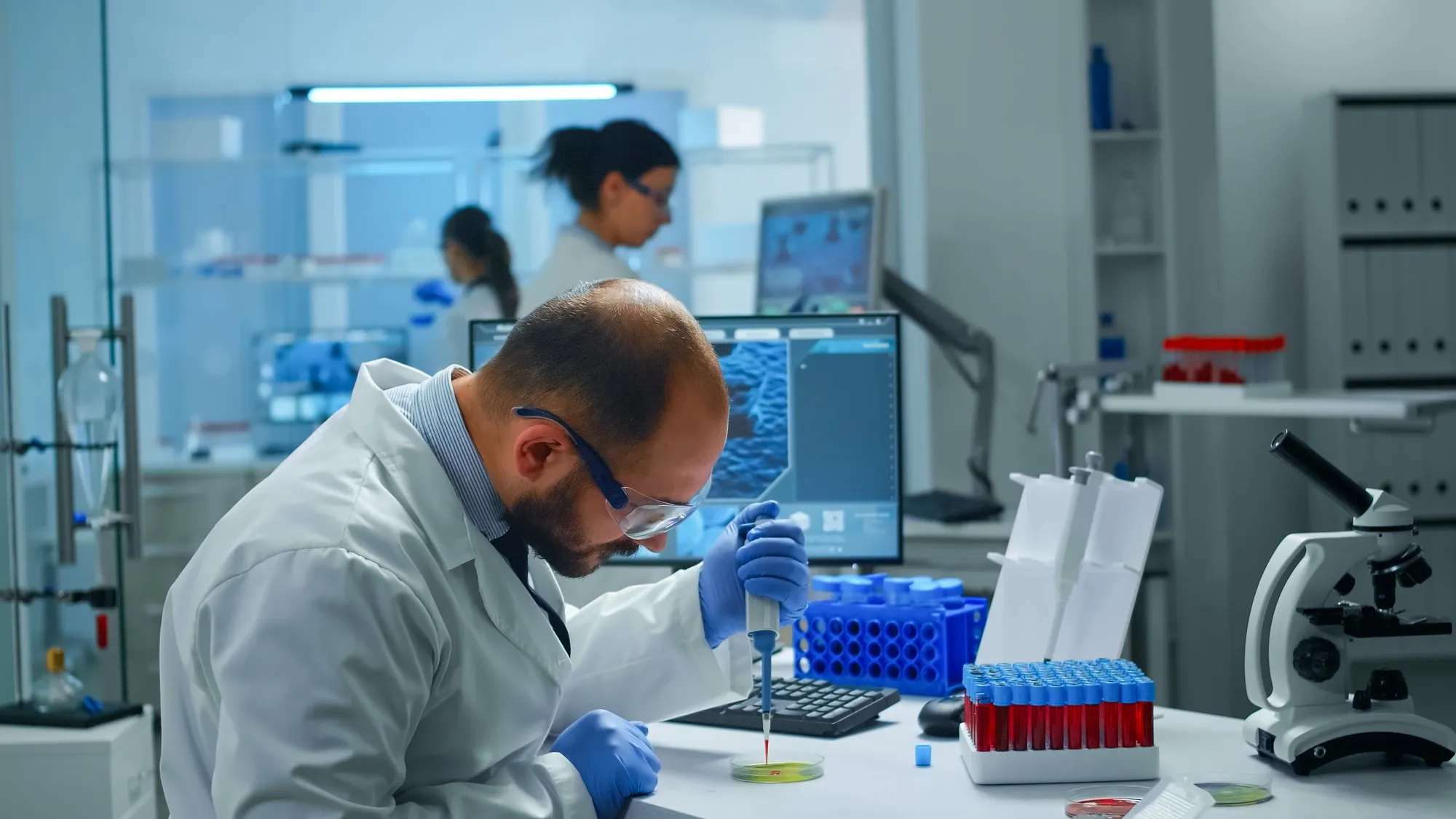Emerging as a groundbreaking technique in drug discovery, the covalent probe discovery via electrophile-fragment screening is paving new ways for developing potent, selective, and durable inhibitors. A recent study published in the Journal of the American Chemical Society outlined the potential of this approach, which could revolutionize the current methodologies in medicinal chemistry.
DOI: 10.1021/jacs.9b02822
In this comprehensive report, we delve into the nuts and bolts of electrophile-fragment screening, guided by the dazzling research findings published on June 5, 2019, spearheaded by leading chemists and biologists from esteemed institutions such as the University of Oxford, the University of Warwick, and the Diamond Light Source Ltd. among others. This news article is tailored to provide insights to researchers, industry professionals, and anyone with a keen interest in the latest advances in drug development.
The Challenges of Covalent Probe Discovery
Covalent drugs possess the efficiency to modify proteins irreversibly, providing an opportunity to achieve high potency and extended duration of action. However, the identification of such covalent probes is intricate and fraught with the risk of nonspecific reactivity leading to side effects. This necessitates a technique that can identify compounds with the right balance of reactivity and selectivity.
The Revolutionary Method of Electrophile-Fragment Screening
It has been generally assumed that electrophilic fragments, which can form irreversible bonds with protein targets, are non-selective, deterring researchers from utilizing them. Contrary to this belief, the team hypothesized that mild electrophiles could provide the coveted selectivity in probe discovery. They constructed an innovative library of 993 mildly electrophilic fragments and employed a high-throughput thiol-reactivity assay to categorize their reactivity.
The electrophile-fragment screening tested against ten cysteine-containing proteins showed promising results. Highly reactive and non-selective fragments were rare and could be filtered out easily. More encouragingly, hits were found for most targets, bolstering the viability of this technique.
By combining the screening method with high-throughput crystallography, researchers were able to rapidly progress and identify potent and selective probes for the deubiquitinase OTUB2 and the pyrophosphatase NUDT7, for which no inhibitors were previously known. This remarkable achievement underscores the potential of electrophile-fragment screening to streamline probe discovery and speed up the development of new drugs.
Behind the Scenes of the High-Throughput Thiol-Reactivity Assay
The thiol-reactivity assay, a novel approach introduced in this study, measures the reaction of electrophilic fragments with glutathione (GSH), a thiol-containing tripeptide that serves as a proxy for protein cysteine reactivity. By rapidly analyzing the reactivity of nearly a thousand fragments, the assay provided a broad landscape of electrophilic reactivity, avoiding compounds that would likely cross-react with unintended targets.
The Impact of this Study and Its Clinical Implications
The insights from this research may be game-changing, contributing to a safer and more efficient drug discovery process. Covalent probes identified through this method have the potential to treat diseases with high specificity and reduced side effects. Moreover, this strategy opens the door to discovering inhibitors for enzymes that were deemed “undruggable” in the past.
Keywords
1. Covalent Probe Discovery
2. Electrophile-Fragment Screening
3. Drug Development
4. Thiol-Reactivity Assay
5. High-Throughput Crystallography
References
1. Bauer R. A. (2015). Covalent Inhibitors in Drug Discovery: From Accidental Discoveries to Avoided Liabilities and Designed Therapies. Drug Discovery Today, 20(9), 1061-1073. DOI: 10.1016/j.drudis.2015.05.005.
2. Baillie T. A. (2016). Targeted Covalent Inhibitors for Drug Design. Angew. Chem., Int. Ed., 55(43), 13408-13421. DOI: 10.1002/anie.201601091.
3. Mah R., Thomas J. R., & Shafer C. M. (2014). Drug Discovery Considerations in the Development of Covalent Inhibitors. Bioorg. Med. Chem. Lett., 24(1), 33-39. DOI: 10.1016/j.bmcl.2013.10.003.
4. Resnick E., Bradley A., Gan J., Douangamath A., et al. (2019). Rapid Covalent-Probe Discovery by Electrophile-Fragment Screening. J. Am. Chem. Soc., 141(22), 8951–8968. DOI: 10.1021/jacs.9b02822.
5. Singh J., Petter R. C., Baillie T. A., & Whitty A. (2011). The Resurgence of Covalent Drugs. Nat. Rev. Drug Discovery, 10(4), 307-317. DOI: 10.1038/nrd3410.
Conclusion
The study is a testament to the power of interdisciplinary collaboration, bridging chemistry, biology, and pharmacology. It sets a new precedent for the discovery of covalent probes, making the drug development process more efficient, targeted, and, most importantly, patient-friendly. As the pharmaceutical industry embraces these innovative techniques, we can hope for a new generation of drugs that are as effective as they are precise.
